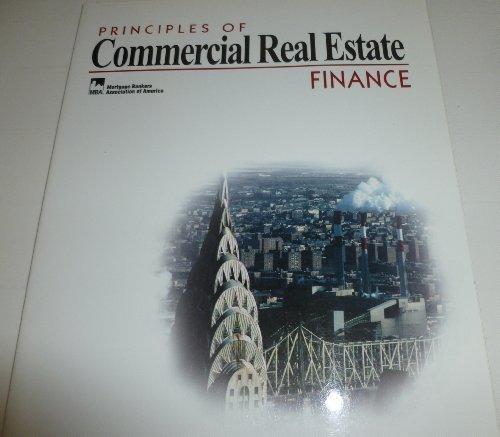

2. (200 pts total) Assume that the economy can be accurately described by a perfectly competitive Real Business Cycle model with no frictions and a production function that has the following form Y=zln(K)+ln(N). This is a special case of our generic example Y=zF(K,N). Depreciation is denoted by d. a) (20 pt) Write down the investment equation we derived in class that links the marginal product of future capital, the interest rate, and depreciation. Plot the investment function vs the interest rate. b) (40 pt) Optional extra credit equivalent to 2% of the total exam: if you are comfortable with calculus, you can directly derive the optimal investment equation as I= function of z,r,K,z from the equation from part a) and the labor demand equation as Nd= function of the wage w, z,d and K. Your equations need to be typed or hand-written and boxed, properly formatted, and clearly labeled. Screen shots of equations from books are not acceptable. (Hint: this equation for the production function will give you very simple equations for investment and labor demand that you should be able to solve completely without using any really advanced math beyond just taking a derivative. The labor demand equation is given in terms of the marginal product of labor, the investment equation is given in terms of the future marginal product of capital and the current marginal cost of investment.) c) (40 pt) Assume that the government tries to stimulate investment by giving firms an s dollar subsidy for every unit they invest, thus offsetting some of their marginal cost of investment. This subsidy is financed through taxing consumers. Firms get the subsidy, consumers pay higher taxes. Using graphical analysis, show how this subsidy will affect the investment curve. This question may look intimidating, but the answer is simple: think about what a subsidy does to marginal cost. d) (40 pt) What will be the impact of this subsidy that is financed through consumer taxes on on the labor markets? Provide a graph and a written explanation of what happens to labor demand and supply, and to wages. If something shifts, you should explain why it shifts. If something doesn't shift, you should explain why it doesn't shift. e) ( 40pt ) What will be the impact of this subsidy on aggregate demand, aggregate supply, and the real interest rate? Are the effects on output clear or potentially ambiguous? Are the effects on the real interest rate clear or potentially ambiguous? Keep in mind that there will be two factors potentially changing AD (G and I ), and one factor changing AS through consumer taxes. Your answer to Q1 c) might help you determine the size of the consumption shift. f) (20) Will consumers be better off? Are the results ambiguous? g) (40 pt) Look up a case study for parts c): find one real-life example of a government program that was intended to stimulate investment through subsidies. It does not have to be a program that was financed by consumers. You need to tell me what country, state, or city implemented it, what year(s), and what kind of investment they tried to encourage. (1-3 sentences). You don't need to talk about the social or economic impact, or the success/failure of the program at all, just provide the example. There are a lot of possible answers, I'm just asking for one. Your graphs need to be drawn by you (hand drawn or drawn on a computer are both ok). Cutting and pasting graphs from the notes or a textbook is not acceptable








